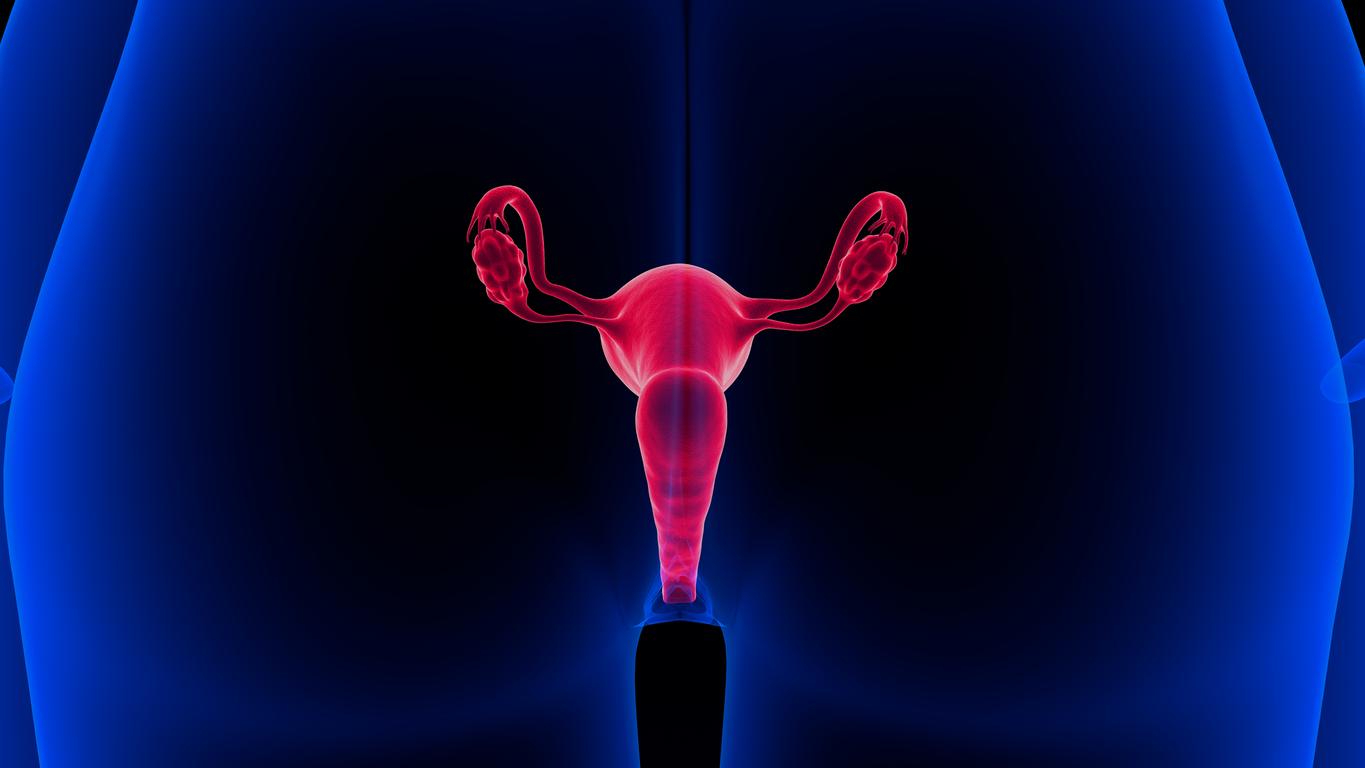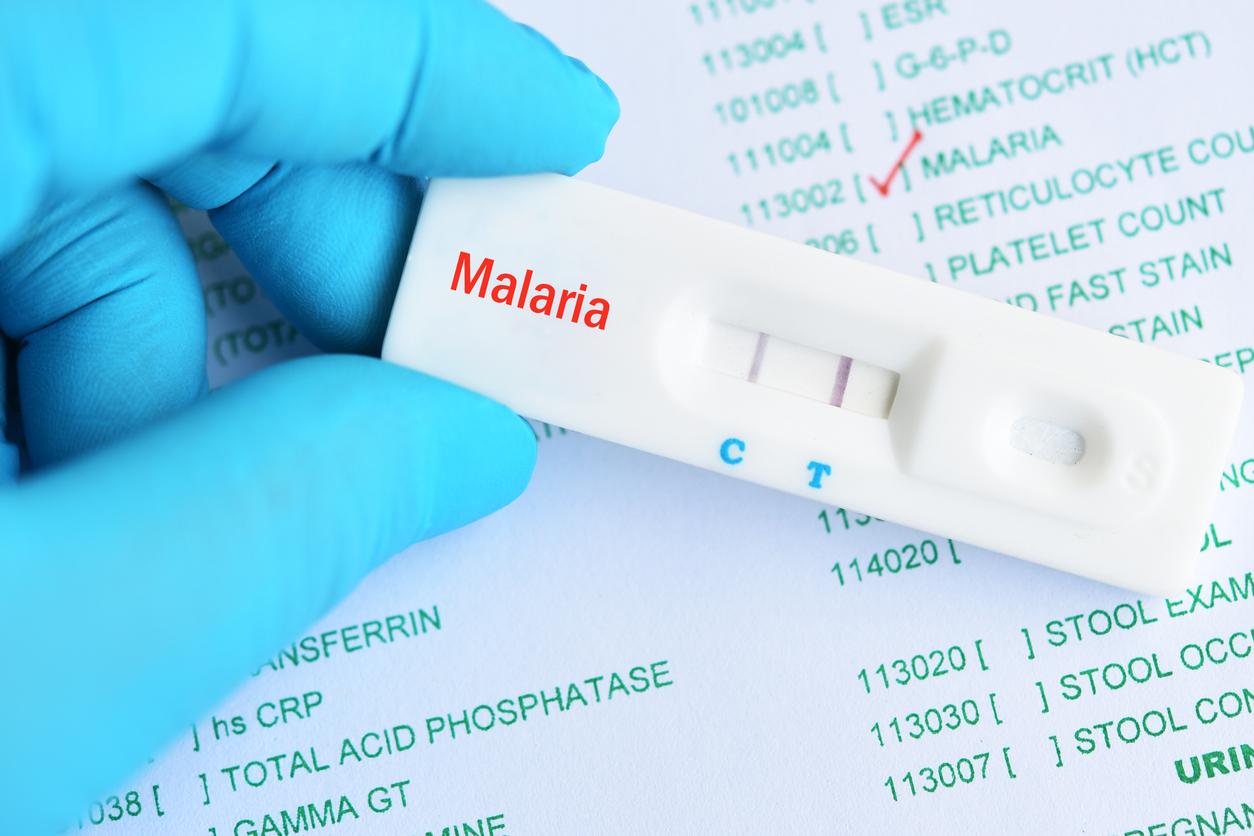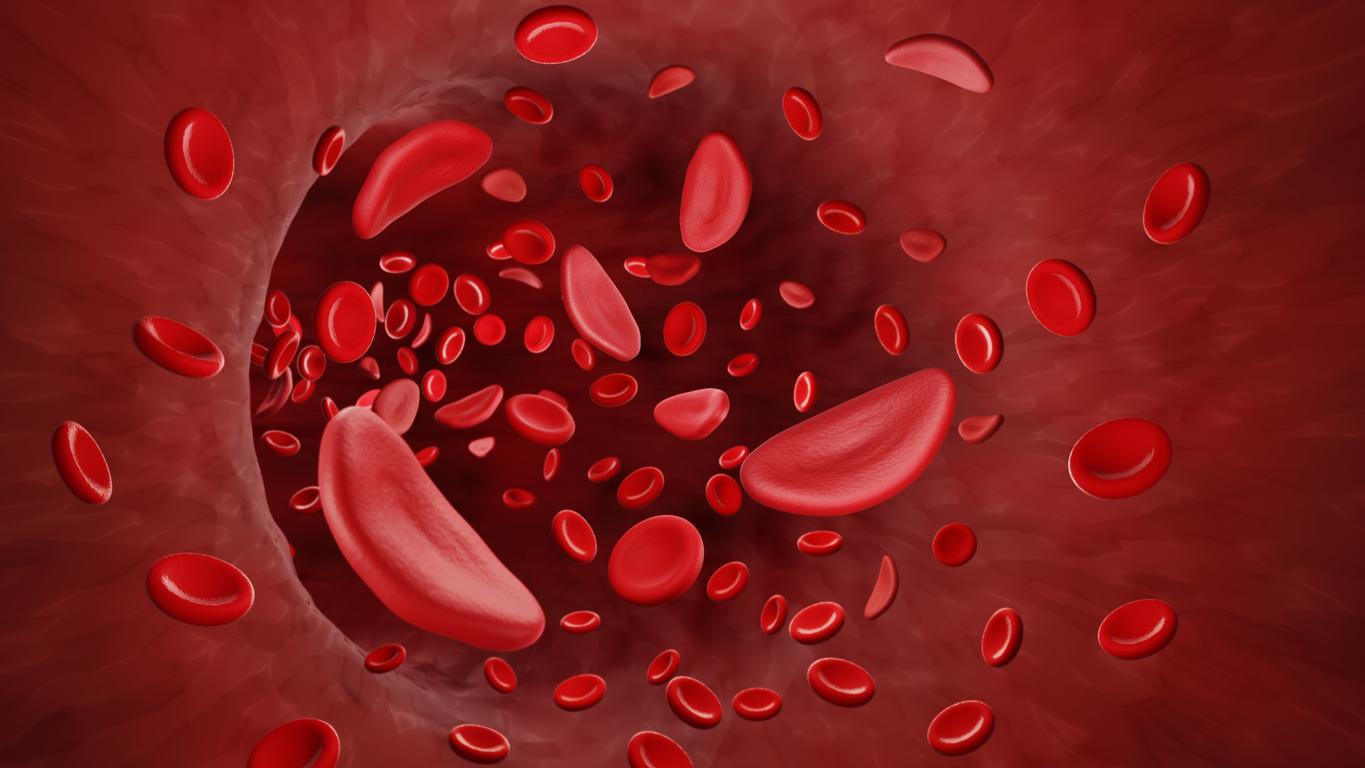The coverage rate for cervical cancer screening is “steadily increasing” in our territory.

- Each year in France, cervical cancer affects nearly 3,000 new women and causes around 1,100 deaths.
- As a result, a National Organized Screening Program for Cervical Cancer (PNDOCCU) was set up in France with the aim of reducing the incidence and mortality from cervical cancer by 30% in ten years.
- As every year, Santé Publique France has just evaluated the progress and impact of this program.
Participation in the organized cervical cancer screening program has just been evaluated in France over the period 2014-2023, and the results are rather encouraging.
Every year in France, cervical cancer affects nearly 3,000 new women and causes around 1,100 deaths, although the World Health Organization (WHO) has indicated that this type of disease could be eradicated through screening and vaccination against the human papillomavirus.
In 2018, a National Organized Screening Program for Cervical Cancer (PNDOCCU) was set up, with the aim of reducing the incidence and mortality from cervical cancer by 30% in ten years.
“To achieve this objective, the PNDOCCU aims to increase the screening coverage rate to 80%, to reduce social or territorial inequalities in screening and to improve the quality of professional practices”, indicates Public Health France at the beginning of his report.
“Public Health France carries out a national evaluation of this program each year, including in particular the calculation of coverage rates*”, adds the institution.
Cervical cancer: “the 2020-2022 coverage rate is 59.5%”
Following their investigation, public health experts have therefore established the following elements:
– the 2020-2022 coverage rate is 59.5%, a figure that has been steadily increasing since 2017-2019 but still below the threshold that Europe considers “acceptable” (70%).
– Among French women screened, the proportion of women having carried out a test following an invitation letter is 11.6% over the period 2020-2022.
– The proportion of HPV tests is 89.1% in 2023 in the 30-65 age group, in accordance with the 2019 HAS recommendations.
Cervical cancer: regional disparities
Among the regions, the highest coverage rates are observed in Brittany (67.1%), Auvergne-Rhône-Alpes (66.3%) and Réunion (64.0%), while the lowest are observed in Ile-de-France (53.1%) and in certain overseas regions (Guadeloupe 44.5%, Martinique 40%, Guyana 31.7%).
In mainland France, four departments have rates close to or even higher than the “acceptable European coverage rate” : Isère (70.8%), Morbihan (69.3%), Rhône (69.1%) and Finistère (69.1%). Only one department has a coverage rate of less than 50%: Seine-Saint-Denis (45.3%), in the Ile-de-France region.
Cervical cancer: coverage rate higher among young people
“Among the five-year age groups, the gross coverage rate is higher among the youngest women aged 25 to 29 (67%). A significant drop in the gross coverage rate is observed from the age of 45 to reach 46.9% among women aged 60 to 65”, concludes Public Health France.
*The indicator “screening coverage rate among women aged 25 to 65” is the ratio of the number of women aged 25 to 65 who have had at least one cervical cancer screening in 3 years and 6 months to the INSEE population of French women aged 25 to 65.



















